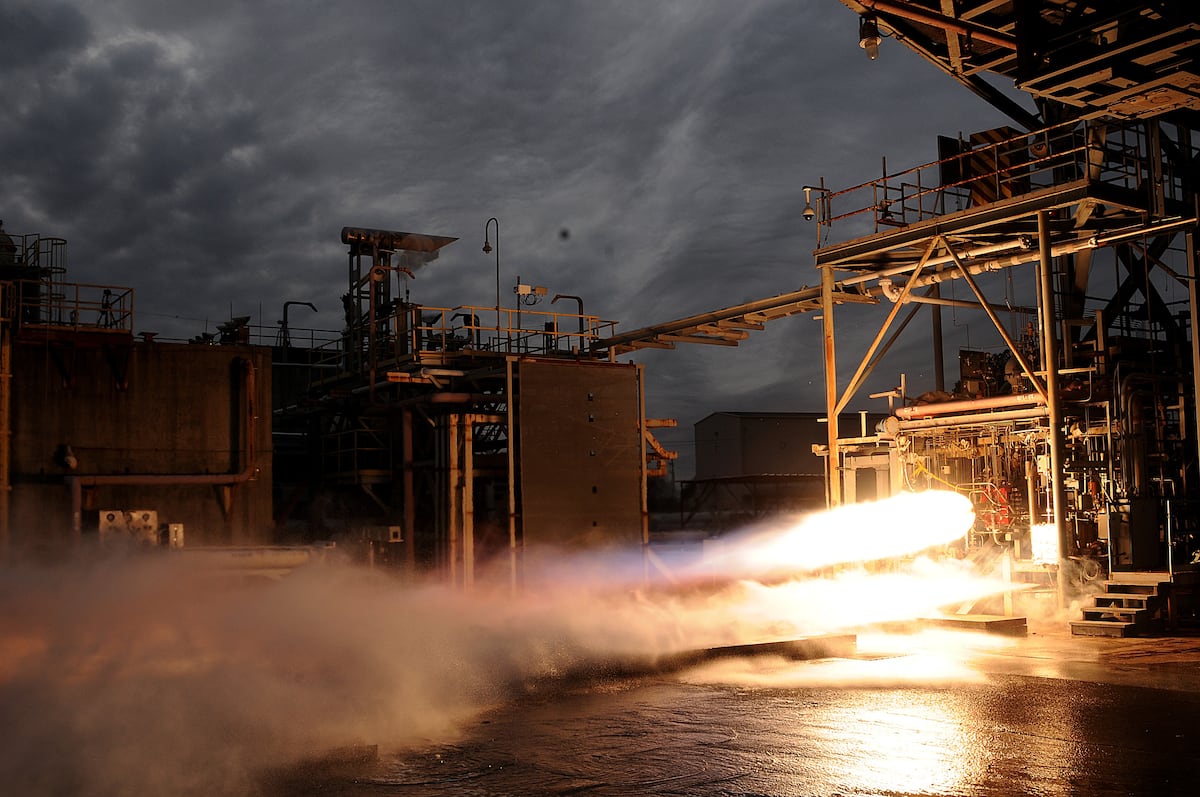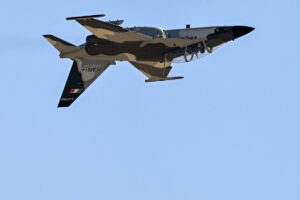In a rapidly evolving defense landscape, Aerojet Rocketdyne is at the forefront of meeting the surging demand for solid rocket motors, integral components in modern munitions. Since its acquisition by L3Harris two years ago, the company has been on a mission to expand production capabilities to support the rising need for advanced missiles.
A significant milestone in this expansion effort was marked earlier this year when Aerojet began developing four new facilities dedicated to solid rocket motor production in Camden, Arkansas. This strategic move is part of L3Harris’s broader goal to strengthen its manufacturing prowess and innovate in the industry.
In an interview with Defense News, Ken Bedingfield, both the CFO of L3Harris and president of Aerojet Rocketdyne, shared insights into the company’s strategy for scaling up production and enhancing its manufacturing processes. This conversation has been edited for clarity and brevity.
Strategic Expansion and Investment
Bedingfield explained that since the acquisition, the company has made significant headway in resolving past delivery issues, reducing delinquent deliveries by approximately 60%. The focus has been on boosting capacity, particularly for tactical motors like Stinger, Javelin, and the Guided Multiple Launch Rocket System (GMLRS) missiles.
Efforts to increase capacity have included doubling investments in capital expenditures and collaborating with the U.S. government, leveraging Defense Procurement Act funding to establish new production facilities. These initiatives aim to meet the high demand over the next three to five years.
Innovative Manufacturing Techniques
Aerojet is also embracing automation and robotics to enhance manufacturing efficiency. Bedingfield highlighted the company’s shift towards more automated processes, such as robotic applications of materials and automated pouring and casting of propellants. This shift is intended to improve quality and reduce the need for rework.
While automation is on the rise, the company continues to hire, but with a focus on roles that are less repetitive and more aligned with quality assurance and research and development. This transition reflects a balance between human expertise and technological advancements in production.
Adapting to Demand Fluctuations
Flexibility is a key consideration in Aerojet’s manufacturing strategy. Bedingfield noted the importance of creating facilities capable of supporting multiple products and programs, which allows for quick adaptation to changing demand. This approach is part of the company’s vision for a “factory of the future” for solid rocket motors.
Aerojet is also investing in its supply chain, providing suppliers with capital and equipment to shorten lead times and ensure readiness to meet production needs swiftly.
Engaging with Emerging Partners
Beyond internal advancements, Aerojet is actively seeking partnerships with nontraditional companies entering the defense sector. Bedingfield emphasized the company’s agility compared to traditional defense primes, positioning it as a valuable partner for innovative collaborations.
Response to National Defense Initiatives
L3Harris is also engaged in national defense initiatives, responding to requests for information related to President Trump’s proposed “Golden Dome” missile defense shield. Bedingfield expressed enthusiasm for contributing to this initiative, highlighting the company’s expertise in missile warning and tracking technologies.
The company’s involvement in recent ballistic missile tests, such as the FT-X 40, showcases Aerojet’s capabilities in developing new propulsion systems and exploring hypersonic technologies.






